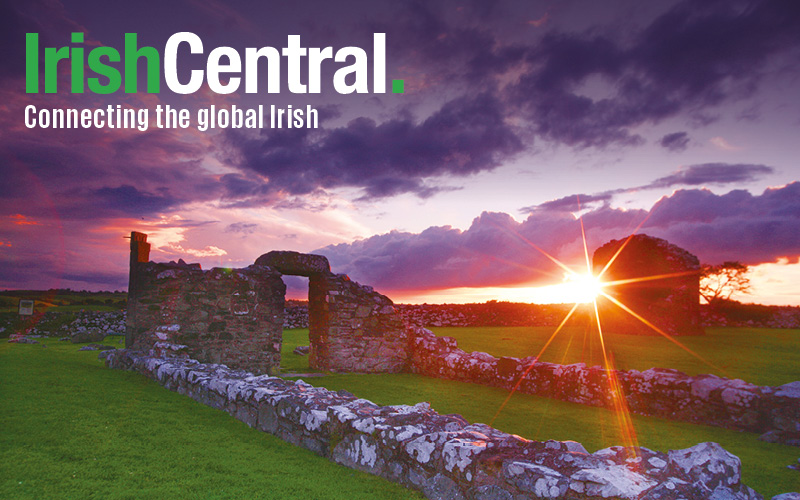I hope ye are all having a serene season to date as we venture into that surreal limboland between the dying of an old year and the incoming of its successor.
These are indeed strange and surreal days, hours, minutes and seconds. Some of them seem to last for a month, others are quicksilver.
Living in the countryside as I do, and have almost always done, I tend to visualize the New Year as akin to a newborn calf, still slick from the birthing, standing shakily on spindle legs in the tracks of the first steps yet to be taken.
The eyes are huge and innocent and very vulnerable. From where they are set the wide world must look so very big and frightening, especially if the mother is not in actual physical contact.
In even a week it will be different, and there will be the sprightly beginnings of independence, but the first hour and hours are different altogether. If you were born on a farm or ever saw a newborn calf you will know what I mean.
I've always been hugely impressed at the acuity of the farmers who bred the calves to observe them in those very first moments after birth and accurately foretell their later quality.
The gender is important, of course, because the dairy farmers always love to welcome new heifers as potential replacements for their cows. The bullocks will certainly be sold on.
But above and beyond that, the wise farmers can look at the newborn and somehow know if they will be healthy and thriving animals, potentially great milkers in the future, a real gift to the flock.
Breeding, they often say, is what counts.
On that basis, extending the focus further, I'm very much afraid that our incoming heifer will be much more of a burden than a gift.
I'm afraid that she will not thrive quickly, as good calves do, and it will cost a small fortune in veterinary fees just to keep her alive.
I fear for her long-term future, and accordingly for all our futures here in the Emerald Isle, once the home of a healthy Tiger cub, now beset by doom and gloom on all sides.
To go back to the farmers' views on the importance of good breeding, this animal is afflicted by bad breeding through the last three or four generations of her ancestors.
Both her mother and grandmother have been difficult bitches in the extreme, moving us further and further away from the land of milk and honey.
We have no control over these things, but if we had they should all have been dispatched to the knacker's yard at birth. Any replacement stock would have served us better. And that's the truth.
It is ironic that one of our most worthwhile voluntary organizations serving the Third World is called
Bothar. It is strongly supported by the farming organizations and has a lovely and novel approach to giving aid to those nations that are still worse off than we are.
Bothar sends hundreds of calves and goats and beehives and other animals directly to the Third World.
They are donated to families for whom a heifer is worth a fortune, both for milk and for the calves which are donated to other village families.
Likewise with the young goats. Bothar does great work and has been doing so for years now.
Bothar's program is assisted by veterinary experts who assess the donated animals here at home to ensure they are of sufficiently high quality for export to the Third World.
I have a feeling that these experts would reject out of hand the real-life equivalent of the spindly poor calf of a thing I visualize the incoming New Year to be.
Nevertheless, being forewarned is being forearmed. I could be totally wrong as I've been so often before.
Maybe we'll get a lusty bull calf of a New Year that will energize the whole economy and do a Pamplona job on the Brits before these surreal days come again.
We'll just have to wait and see.
In the meantime, peace to you all.




Comments